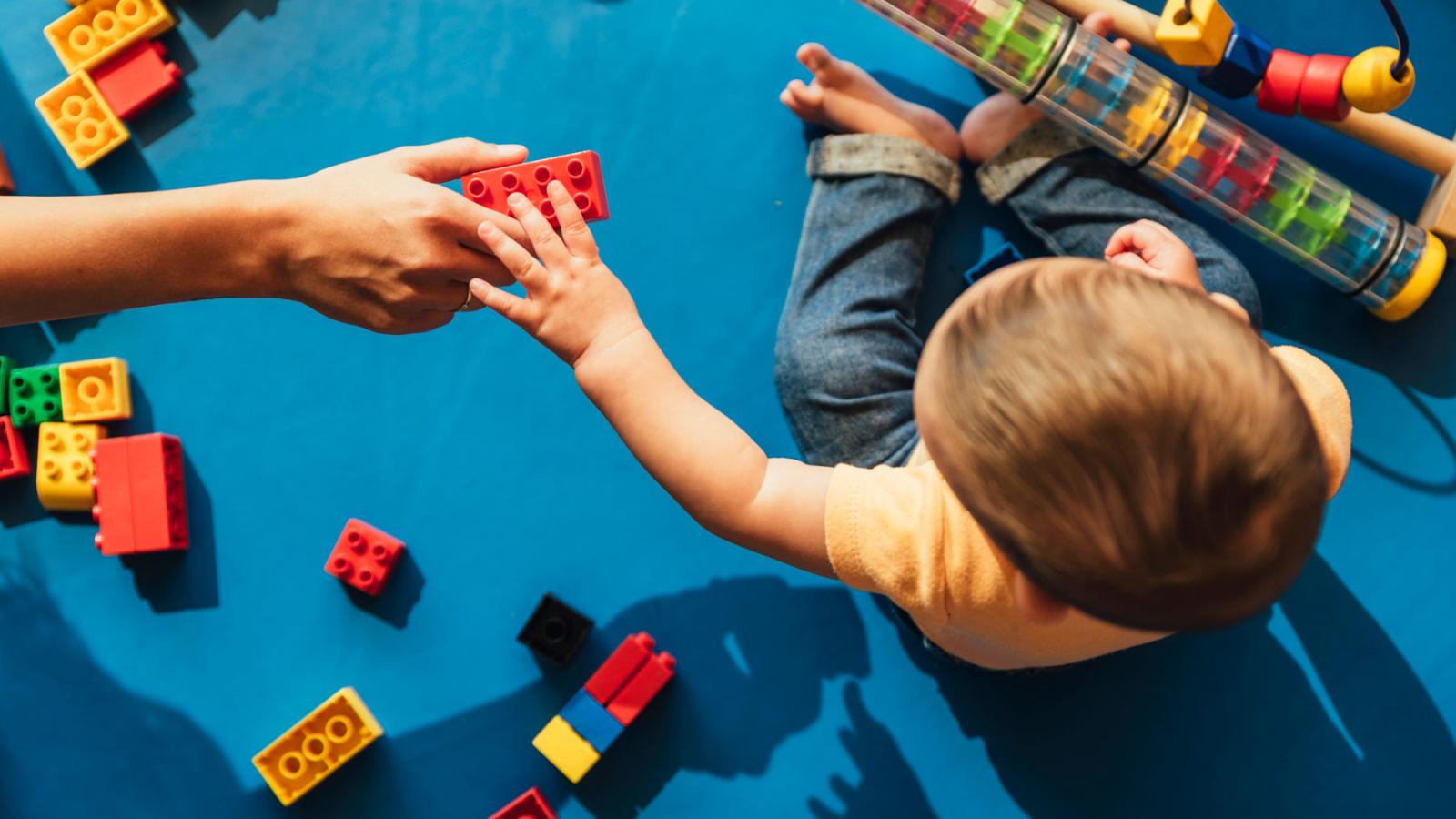Banner

Title
resources
Resource Library
Our Resource Library contains materials and assistance for early childhood educators and those they serve. Explore our selection of podcasts, tip sheets, websites, documents, and self-study courses.
Results: Page 9 of 29
| Resource Name | Description | Resource Type |
|---|---|---|
| Children's Environmental Health Network (CEHN) | The Children's Environmental Health Network (CEHN) is a national multi-disciplinary organization whose mission is to protect the developing child from environmental health hazards and promote a healthier environment. | Website |
| Children's Mental Health Fact Sheets | The Minnesota Association for Children's Mental Health has recently released their newly-updated facts sheets from the most recent edition of An Educator's Guide to Children's Mental Health. These fact sheets provide clear descriptions of children's mental health disorders for parents, educators, and others who work with children.Note: To access the free fact sheets, you will need to log in to the MACMH website or sign up to become a FREE email list subscriber. | Website |
| Children's self-esteem already established by age five | By age 5 children have a sense of self-esteem that is comparable in strength to that of adults, according to a study by University of Washington researchers. Because self-esteem tends to remain relatively stable across one's lifespan, the study suggests that this important personality trait is already in place before children begin kindergarten. | Document |
| Children’s Mental Health Resource Guide | This guide is designed to help caregivers navigate the multiple complex systems they may encounter when advocating on behalf of the children in their care. | Document |
| Committee for Children | The Committee for Children promotes the safety, well-being, and social development of children. They publish a research-based curricula to encourage social and emotional literacy and to prevent youth violence and child abuse. They also provide training, staff development, technical assistance, and consulting. | Website |
| Common Reactions of Children After an Emergency Event | Responses of children following an emergency will differ based on the child’s age, developmental level, temperament, how closely he/she is impacted by the experience and amount of media exposure. This tip sheet includes some of the common reactions of children after an emergency event. | Tipsheet |
| Cómo ayudar a los niños durante el proceso de duelo en la escuela (How to help a grieving child in a child care setting ) | ¿Cómo puedes apoyar a los niños durante el proceso de duelo? Únase a Karina Elze, miembro de la junta directiva en CICC y anteriormente especialista en RBPD, mientras habla con Tania Rivera y Mirla Peralta, Circulo de Amigos Child Care Center. Juntas compartirán algunas estrategias para apoyar a los niños que están pasando por el proceso de duelo. | Podcast |
| Connecting the Brain to the Rest of the Body | From the Center of the Developing Child at Harvard University: "A growing understanding of how responsive relationships and language-rich experiences for young children help build a strong foundation for later success in school has driven increased investment and sparked innovation in early learning around the world." | Document |
| Creating a Responsive Environment for Young Children | "When creating a responsive learning environment for infants and toddlers, the interests and developmental level of the children being served is key. Listen to this Infant/Toddler Teacher Time video from the Head Start Early Childhood Learning & Knowledge Center (ECLKC) as presenters discuss the importance of creating a classroom that fosters trust and security for infants and toddlers. Discover strategies teachers can use in their classrooms." | Website |
| Creative Ways to Stay Active Through Play | From The Children's Movement of Florida: "How do you get your child moving without them realizing that they are actually exercising? Pretend play is the key. Children can pretend to move as superheroes, animals, their favorite characters from TV or movies, or different types of vehicles. Supplementing their movements with sound effects and songs are great ways to rev up their imaginations. Here are some creative and playful ways to get kids moving. The only thing needed is the child’s imagination to guide them – No equipment needed." | Website |
Results: Page 9 of 29